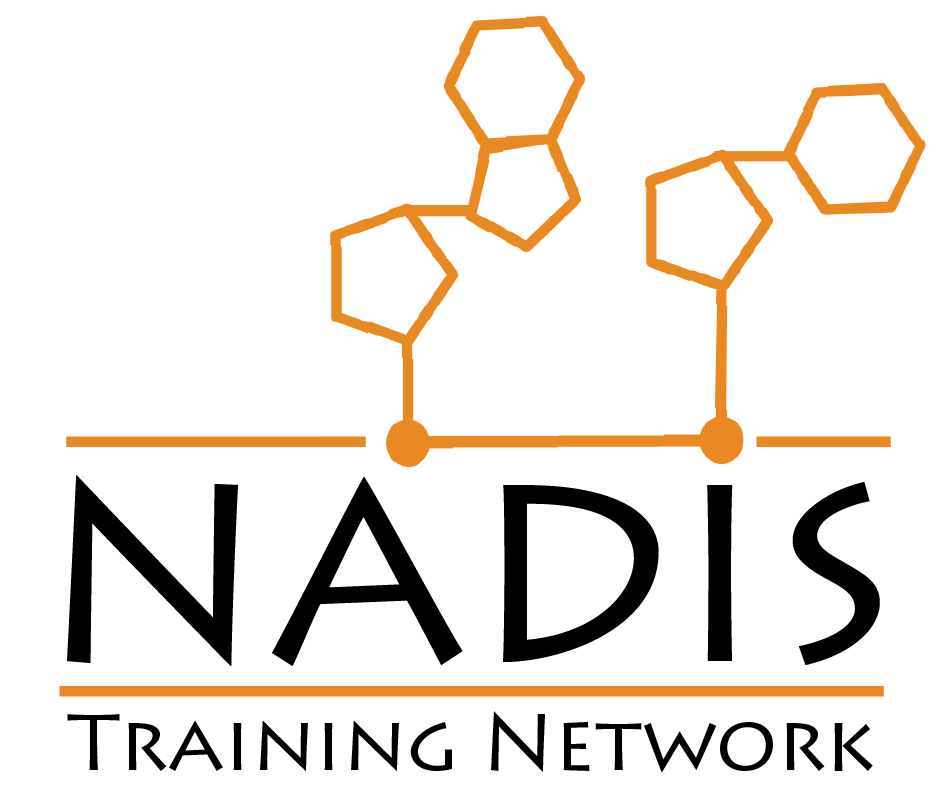
| Name: | Carles Canto |
| Nationality: | Spain |
| MSc education: | Biochemistry – University of Barcelona |
| PhD education: | Doctoral work entitled “The effect of neuregulins on glucose transport and metabolism in skeletal muscle”, under the direction of Prof. Anna Gumà (Prof. Antonio Zorzano lab) Dept. of Biochemistry and Molecular Biology University of Barcelona |
| Postdoc education: | My postdoctoral work was devoted to the study of how metabolic sensing enzymes (such as the AMP-activated protein kinase and sirtuins) control oxidative metabolism at the transcriptional level. This work was done in the laboratory of Prof. Johan Auwerx, initially at the Institute de Génétique et de Biologie Moléculaire et Cellulaire (IGBMC) in Strasbourg, and later at the Ecole Polytechnique Fédérale de Lausanne (EPFL). |
| Current position: | Senior Researcher Laboratory of Systems Biology and Genetics (Prof. Bart Deplancke) Institute of Bioengineering School of Life Sciences Ecole Polytechnique Fédérale de Lausanne (EPFL) |
| DCs: | The incredible Laurine van Gijn |
| Social media handles: | X (@carlescanto) |
| Description of my lab’s work: | Adipose tissue (AT) has an unparalleled ability to expand and contract. In humans, body fat can vary widely, from normal levels between 10-30% to <5% in bodybuilders and >70% in severe obesity. Excess fat mass thereby strongly correlates with metabolic, respiratory and cardiovascular complications. However, there is substantial variation, with some obese people remaining metabolically healthy and some thin people exhibiting metabolic disease. This is in part due to the fact that AT in mammals is unevenly distributed. For example, people with a predominant upper body fat increase are at higher risk of developing metabolic complications than those accumulating lower body fat. These inter-individual and inter-depot differences are related to their differential capacity to balance growth through hypertrophy (growth in size) and hyperplasia (increasing adipocyte numbers). The generation of new adipocytes seems controlled by a cluster of cells residing in the stromal vascular fraction of the AT, globally termed adipocyte stem and precursor cells (ASPCs). Among them, there are specialized subpopulations that exhibit a remarkable capacity to inhibit adipocyte formation in vitro and in vivo. However,how the number and function of these anti-adipogenic cells are regulated, and how they contribute to adipose biology in health and disease remains very vague. As if the above questions are not complex enough, from time to time we have some fun trying to understand the impact of NAD+ on mammalian metabolism, the unique properties of different NAD+ precursors and discovering new paths for NAD+ synthesis. Plus we also really enjoy mitochondrial biology! J |
| Top 3 publications: | Giroud-Gerbetant et al., “A reduced form of nicotinamide riboside defines a new path for NAD+ biosynthesis and acts as an orally bioavailable NAD+ precursor”. Molecular Metabolism, 2019 https://pubmed.ncbi.nlm.nih.gov/31767171/ Sambeat et al., “Endogenous nicotinamide riboside metabolism protects against diet-induced liver damage” Nature Communications, 2019 https://pubmed.ncbi.nlm.nih.gov/31541116/ Ratajczak et al., “NRK1 controls nicotinamide mononucleotide and nicotinamide riboside metabolism in mammalian cells” Nature Communications, 2016 https://pubmed.ncbi.nlm.nih.gov/27725675/ |
| Favorite way to keep NAD levels high: | I am the control group |
